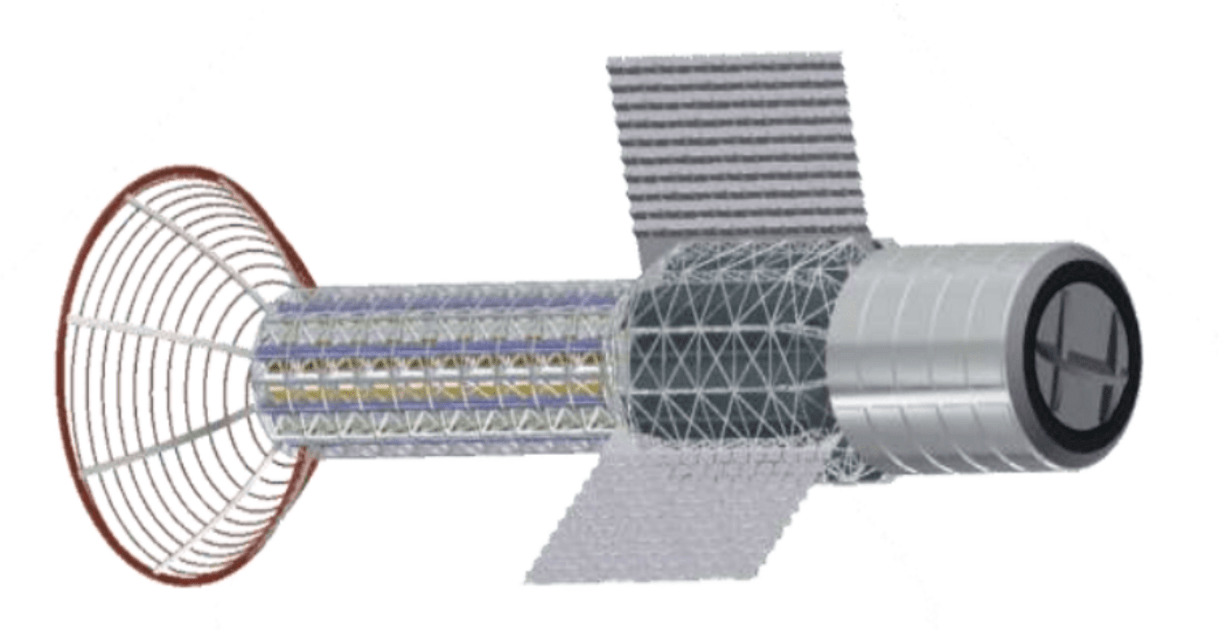The Future of Space Travel: Pulsed Plasma Rockets and Thermal Modeling

Step into the realm of futuristic propulsion with pulsed plasma rockets (PPRs), a technology that promises to revolutionize space exploration. These rockets have garnered attention for their exceptional combination of high specific impulse and thrust levels, potentially shortening interplanetary travel from months to mere weeks. Despite their promise, challenges linger, prompting a NASA Institute for Advanced Concepts (NIAC) project in 2020 aimed at tackling these hurdles.
Led by Howe Industries, a recipient of multiple NIAC grants, the project sought to design a fully functional PPR capable of generating 100 kN of thrust and sustaining over 5,000 seconds of specific impulse. At the heart of a PPR lies the conversion of a fuel pellet, typically uranium, into plasma, which is then expelled to produce thrust. However, this process generates intense heat, posing a significant engineering challenge.
The focus of the Phase I NIAC study was on thermal management, particularly analyzing the barrel housing the fuel pellet to withstand extreme temperatures. Using advanced modeling software, the team simulated particle interactions to assess heat distribution and devised strategies to mitigate thermal stress.
The envisioned system would require frequent plasma generation, each pulse reaching energy levels of around 1 keV. While most of this energy contributes to propulsion, residual heat presents a risk to structural integrity. The solution lies in a sophisticated cooling system and innovative materials selection, including low-enriched uranium for the barrel and highly enriched uranium for enhanced plasma propagation.
As the project progresses, future endeavors will involve prototyping key components and further thermal analysis. While the prospect of handling highly enriched uranium poses challenges, the potential benefits for space exploration are immense.
Though yet to advance to a Phase II study, the PPR project represents a significant step forward in propulsion innovation, paving the way for a future where interplanetary travel is not just conceivable but practical.


